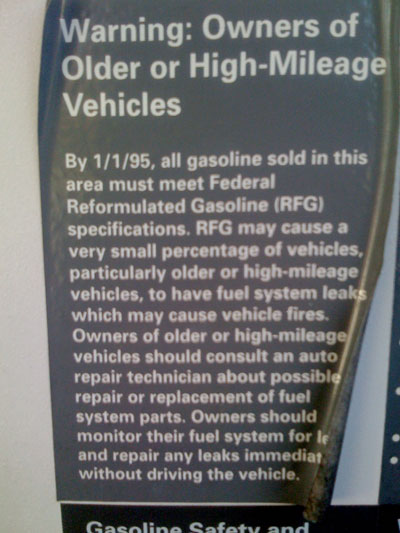
I couldn’t resist snapping this photo. On a box of dried noodles, the manufacturer (I presume) had affixed the sticker “Made in the U.S.A.” I’m quite sure this wasn’t a patriotic appeal to support the domestic pasta industry. Instead, this was a food safety sticker. After all, if you didn’t get the hint that American pasta was safer than Chinese pasta, the manufacturer affixed a second sticker: “No Melamine.”
So, where’s the footnote? What exactly does “No Melamine” mean? I think there’s a huge difference between “We do not knowingly use melamine” and “Lab tests were unable to detect any trace of melamine in our noodles.” Anyways, these stickers did not convince me to throw a box of noodles into the shopping cart. Nor, would a “No Salmonella” sticker make me want to purchase a jar of peanut butter. It’ll just leave me a bit nauseous.
